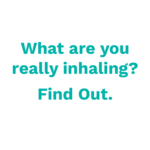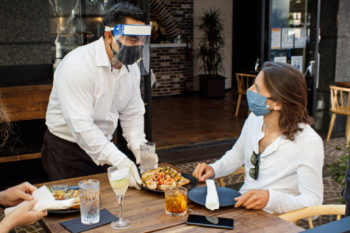We all want healthy communities where we and our loved ones can thrive. There are steps you can take to protect yourself and others from exposure to secondhand smoke and vapor.
Keep your home and car smoke- and vapor-free.
Set a rule for guests and family members to refrain from smoking and vaping while they are in your home and car to avoid harm to others and damage to surfaces.
Consult your property manager.
Anyone living in multi-unit housing — including apartments, condos and some subsidized housing — can be exposed to smoke and vapor in the air that is shared between units. In addition, smoking and vaping are prohibited in the common areas of public and private condos and residences, but you may still be exposed in these areas. If you detect secondhand smoke or vapor in common areas, through vents or in hallways, talk to the property manager about their smoke-free policy and how it can be enforced or encourage them to enact one. Learn more here.
Let a store manager know…
…if smoking or vaping is occurring near the entrance and putting others at risk.
Talk to your employer.
If smoking and vaping are occurring at your workplace or in common areas, ask that the company’s tobacco-free workplace policy and ensure it is being enforced. While the Colorado Clean Indoor Air Act prohibits smoking at most businesses, some places of employment — including most outdoor job sites — are not included. This means you, fellow employees and others are not protected from dangerous secondhand smoke and vapor. Learn more here.
Report a violation in your community.
If you experience repeated exposure to secondhand smoke or vapor in a smoke-free environment – whether this is your workplace, a public space, or your home with shared walls, report the violation here and it will be shared with your local public health agency.
Get help for you or a loved one to quit smoking.
Whether you are just thinking about quitting, quitting again, or looking to support a friend as they take the first step, the QuitLine can help. Support is free, nonjudgmental and confidential. Visit COQuitLine.org or call 1-800 QUIT NOW to start today. Specialized support is also available for pregnant people and youth seeking help for tobacco or vape use.
Move away.
To completely avoid exposure to secondhand smoke outdoors, you need to move 25 feet away from the person smoking or vaping. Distance yourself to ensure you are not at risk.
Ask someone to stop or move to a safer distance.
If someone is smoking or vaping near you and making you uncomfortable, politely ask them to move away from you and others.
Take this pledge today









